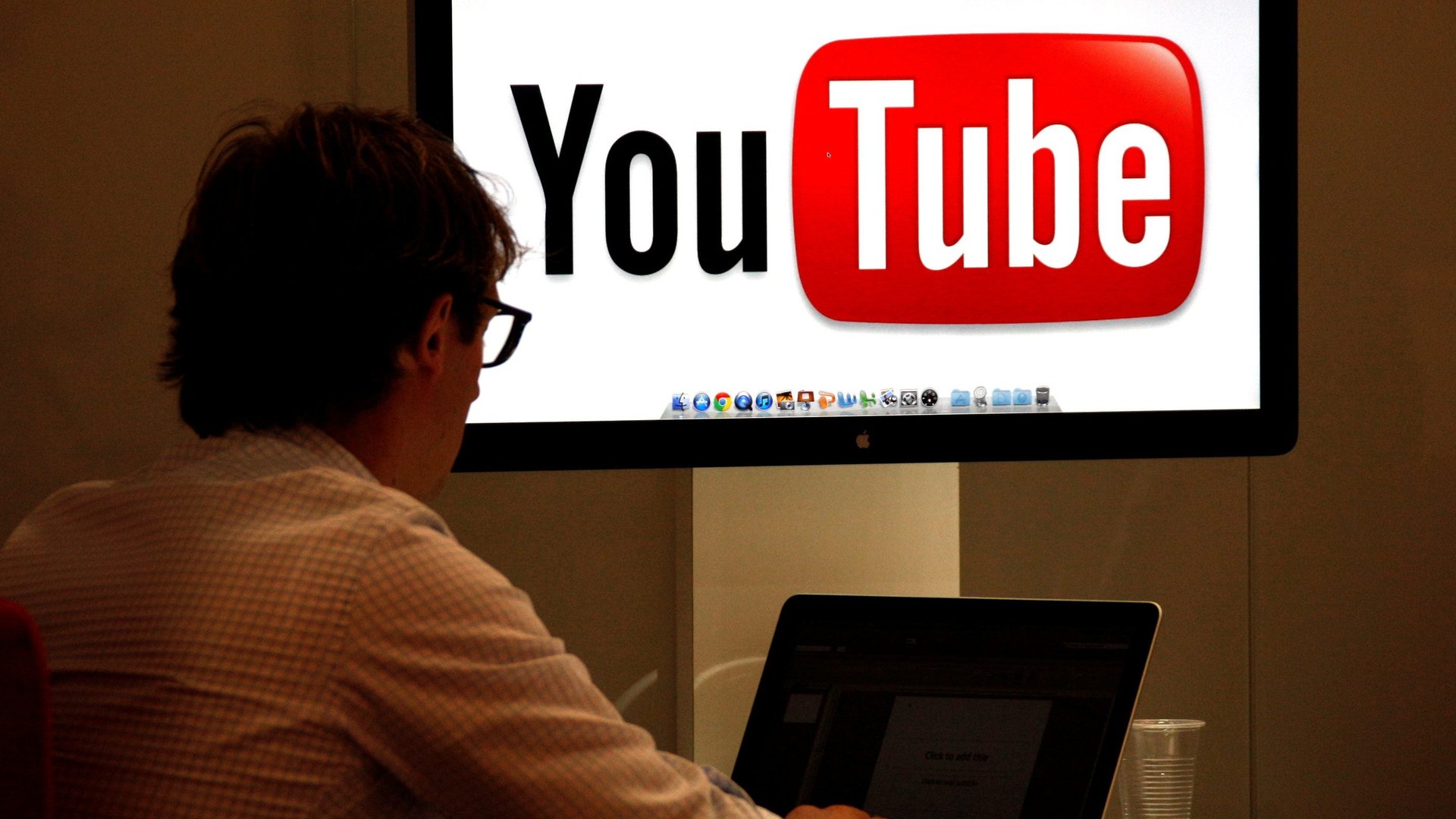YouTube’s dominance is no longer a given—and Patreon wants to prove it
“Support me on my Patreon page,” is a phrase you may have heard from YouTube video creators like HBO star Issa Rae and rapper Joe Budden on down to obscure video podcasters.


“Support me on my Patreon page,” is a phrase you may have heard from YouTube video creators like HBO star Issa Rae and rapper Joe Budden on down to obscure video podcasters.
Since 2013, Patreon has allowed independent creators to get paid directly from supporters through subscriptions for videos, podcasts, and other work, thus supplementing their earnings from advertising. But now that YouTube has fully matured into a mainstream component of many consumers’ media diet—a process accelerated by the pandemic—asking creators to cobble together revenue via third-party services seems less than efficient.
Patreon founder Jack Conte has keyed in on this and is now planning to join the list of companies such as Twitch, Vimeo, and others that give video creators an alternative home for their shows. The difference in Conte’s offering is that the established creators on Patreon with paying fan bases will be able to streamline their operations by keeping supporter revenue and distribution all in one place.
“We already host podcasts, and now we’re starting to host video, as well,” Conte told The Verge. “We’re building a video product… we’re building the horizontal architecture for any creator, no matter their medium, or no matter the upload format, to be able to build a business around their work.”
YouTube can no longer assume it will be the first stop for video creators
Patreon’s move is part of a growing trend of upstarts attempting to unseat YouTube as the de facto video platform for creators. Last month, audio streaming leader Spotify launched its own video podcast feature for creators, a move that was foreshadowed by the company’s poaching of Joe Rogan from YouTube for an estimated $100 million price tag in 2020. Spotify, along with YouTube, Twitch, and Vimeo, offer various ways for creators to make money through subscriptions, tips, or advertisements. YouTube, however, has a big lead.
“Over 2 million creators are now making money and building their businesses on YouTube via YouTube partner program with 10 different ways to monetize their content from Super Chat to BrandConnect,” said Philipp Schindler, chief business officer of YouTube’s owner, Alphabet, during the company’s conference call with analysts and investors last month.
Despite Conte’s ambitions, a couple of million YouTube creators versus Patreon’s 200,000 creators is a wide engagement gulf that isn’t likely to be closed in the very near future. A more immediate challenge to YouTube’s dominance might be Amazon’s Twitch, with its nearly 9 million creators, some of whom have raked in millions in the last few years.
Building social media is harder than building payment tools
Although YouTube’s competitive edge is being challenged in new ways, dislodging its hold on the video creator community won’t be easy. YouTube’s new Super Thanks feature, which allows a viewer to send a one-time thank you payment to a creator for an uploaded video, is yet another tool beyond advertising revenue that will make using any other video platform a difficult choice.
“YouTube, Facebook, Spotify, Twitter, Twitch. All these companies are starting to realize that the financial engine room of the web is broken,” Conte said in a 2020 video called “The Second Rennaissance is coming,” in which he focused most of his attention on the inefficiency of creators getting paid through YouTube advertising revenue. “The problem is this ad revenue just isn’t enough.”
And while direct payments on Patreon may represent a more transparent way to earn a living as a video creator rather than the often opaque dynamic of impressions-based advertising revenue, the social media virality of YouTube is a key ingredient that Patreon has yet to replicate. Patreon is now entering the arena as a video hosting platform is one major step toward developing the kind of organic discoverability that YouTubers have come to rely on.